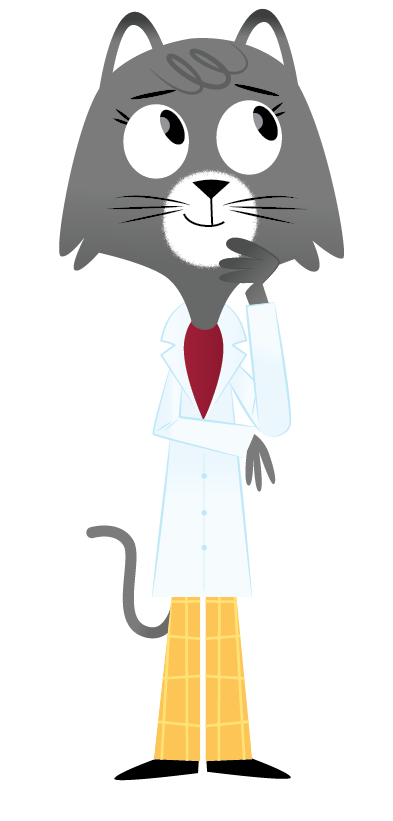Why do people like cute animals more than ugly ones? – Brayden, 9, Ohio
melissamayerDear Brayden,
Not to brag, but when I was a kitten, humans would see me and squee. Maybe it was my big, sparkly eyes or my teeny, fluffy paws.
I asked my friend Giuseppe Giannotti why people found me so adorable. He’s a scientist at Washington State University. He studies the brain.
He told me that humans like cute animals because they remind them of babies.
“We’re drawn to find traits in animals that are similar to what we think is cute in humans,” Giannotti said. “The cutest things in humans are babies—you know, big heads, giant eyes, soft cheeks—and we project this to everything around us.”
Read More ...